Being a digital nomad sounds like a dream—working from a beach, sipping coffee in a European café, or setting up a workspace in the mountains. But let’s be real. It’s not just about posting cool Instagram stories. It’s about freedom, challenges, and figuring things out on your own.
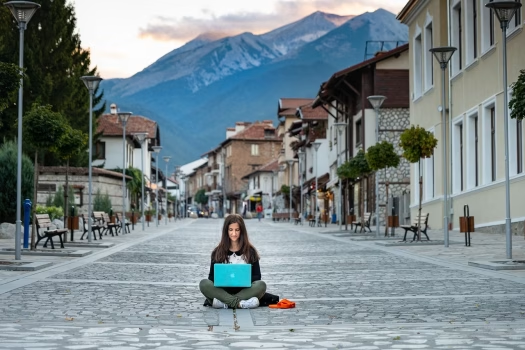 Pin
Pin Image by Matthias Zeitler from Pixabay
The remote work lifestyle comes with its own set of hurdles—finding stable gigs, managing different time zones, dealing with unpredictable Wi-Fi, and navigating visa requirements. But if done right, it can be incredibly rewarding.
This guide walks you through everything—finding work, picking destinations, staying productive, handling visas, and making this lifestyle sustainable.
Let’s break it down.
Table of Contents
Getting Started as a Digital Nomad
 Pin
Pin Image by Peggy und Marco Lachmann-Anke from Pixabay
So, you want to be a digital nomad. Cool. But how do you actually start? The truth is, most people overcomplicate it. You don’t need to quit your job today and book a one-way ticket. The smart way is to secure income first.
- Step 1: Figure out how you’ll make money. How to Become a Digital Nomad: Beginner’s Step-by-Step Guide breaks this down. Remote jobs, freelancing, passive income—each has pros and cons. Some prefer stability, while others want full control. Best Remote Jobs for Digital Nomads to Earn While Traveling gives you solid ideas.
- Step 2: Cut down expenses. This lifestyle isn’t about making millions; it’s about spending less than you earn. That’s the real key to freedom.
- Step 3: Test it out. Go somewhere cheap for a month. If you hate it, no worries. If you love it, start planning long-term.
Best Destinations for Digital Nomads
 Pin
Pin Image by Tiểu Bảo Trương from Pixabay
Not all places work for remote life. Some have great WiFi but feel soulless. Others are beautiful but make work impossible. The best destinations balance cost, internet, community, and lifestyle.
If you’re looking for top-tier digital nomad spots, check out The Best Countries for Digital Nomads: Cost of Living, WiFi, and Lifestyle. Southeast Asia (Thailand, Vietnam, Indonesia) is cheap and fun. Europe (Portugal, Spain, Georgia) offers culture and solid infrastructure. Latin America (Mexico, Colombia) is rising fast.
How to Travel and Work Efficiently
 Pin
Pin Image by Matthias Zeitler from Pixabay
Traveling while working sounds amazing—until you’re stuck in an airport with bad WiFi, deadlines looming, and zero motivation. The biggest challenge isn’t finding cool places; it’s balancing work and freedom without losing your mind.
The secret? Structure. How to Balance Travel and Work Without Burning Out covers routines that work. Set work hours, pick accommodations with good WiFi, and don’t overpack your schedule. If you’re always on the move, your productivity will tank. Slow travel is the way to go.
Time zones can mess up meetings. If you have clients worldwide, Time Zone Management will save you from 3 AM calls. Use scheduling tools, set clear boundaries, and pick locations that fit your work hours.
Also, distractions are everywhere. Noise-canceling headphones, focus apps, and coworking spaces help, but the biggest trick? Discipline. No boss means no one will save you from procrastination.
Essential Gear and Tools for Remote Work Travelers
 Pin
Pin Photo by Pixabay
Your gear can make or break your workflow. A slow laptop, bad WiFi, or forgetting the right adapter can ruin an entire workday. The goal? Pack light but smart.
Start with Must-Have Travel Gear for Digital Nomads: The Ultimate Packing List. You don’t need a ton of stuff—just reliable essentials. A lightweight, powerful laptop, noise-canceling headphones, a universal adapter, and a power bank should be in every digital nomad’s bag.
Choosing the right tech is crucial. Best Laptops and Tech Gadgets for Remote Work on the Road covers the best gear for work and travel. Get something with long battery life, solid processing power, and a comfortable keyboard. For internet backup, a portable hotspot or eSIM can be a lifesaver.
Then, there’s software. Essential Software and Apps Every Digital Nomad Needs lists must-have apps for work, organization, and security. Think cloud storage, VPNs, and project management tools. A good setup means you can work from anywhere without stress.
Digital Nomad Visas & Legal Aspects
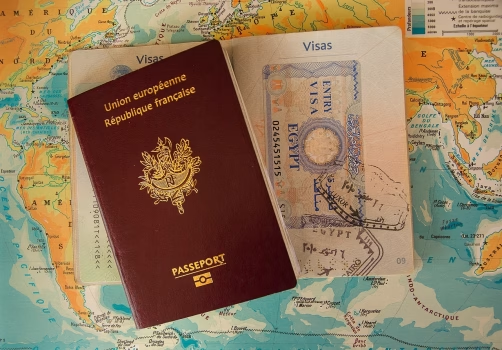 Pin
Pin Image by jacqueline macou from Pixabay
Visa runs and border hops used to be the norm, but more countries now offer digital nomad visas—longer stays, fewer headaches. If you want to settle somewhere for months (or even years), knowing your visa options is a game-changer.
Countries Offering Digital Nomad Visas and How to Apply breaks down the best options. Portugal, Spain, Bali, Mexico, and Georgia are top choices. Some require proof of income, others are more relaxed. Picking the right one depends on your work setup and lifestyle.
Then comes taxes. A digital nomad lifestyle doesn’t mean you stop paying them—it just gets more complicated. How to Handle Taxes as a Digital Nomad: What You Need to Know explains tax residency, double taxation, and ways to stay compliant without overpaying.
Money matters, too. Banking and Money Tips for Digital Nomads: Avoiding Fees & Scams shares how to manage finances globally. Borderless accounts, crypto, and travel-friendly credit cards can save you from high fees and bad exchange rates.
Living the Nomadic Lifestyle
 Pin
Pin Photo by Yaroslav Shuraev
The digital nomad life isn’t just about work and travel. It’s about building a lifestyle that actually makes you happy. Some people thrive on constant movement, while others need a home base. The key is finding what works for you.
One of the biggest challenges? Making friends. It’s easy to feel isolated when you’re always on the move. How to Make Friends and Network as a Digital Nomad covers the best ways to connect—coworking spaces, meetups, Facebook groups, and even just striking up conversations at a café.
Then, there’s the emotional side of things. Burnout, loneliness, homesickness—they’re real. Dealing with Loneliness and Burnout While Traveling Full-Time talks about how to handle the ups and downs. Staying in one place longer, prioritizing mental health, and keeping in touch with family can make a huge difference.
And of course, finding a place to stay without blowing your budget matters. How to Find Affordable Long-Term Stays and Avoid Tourist Prices shares tips on renting apartments, negotiating rates, and using local connections to score great deals.
Staying Healthy on the Road
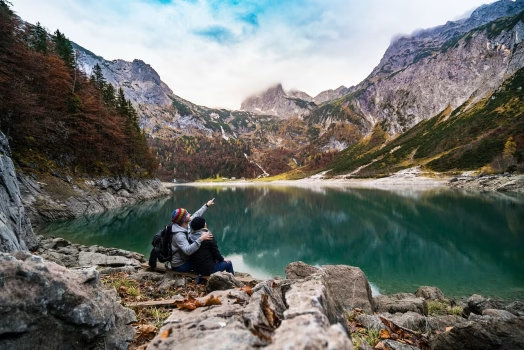 Pin
Pin Image by Pexels from Pixabay
Traveling nonstop can wreck your health if you’re not careful. Junk food, irregular sleep, and sitting all day take a toll. The best way to enjoy the digital nomad life long-term? Prioritize your health.
First, fitness. You don’t need a gym—bodyweight workouts, resistance bands, and YouTube routines work anywhere. Walking more, hiking, or even just stretching daily makes a huge difference. Hotels with gyms and coworking spaces with fitness areas help too.
Next, eating right. Cooking at home saves money and keeps you from living off takeout. Markets and local supermarkets usually have fresh, healthy options. Meal prepping, even in an Airbnb, can keep you on track.
Sleep is underrated. Changing time zones, late flights, and weird work hours mess with your body. A proper sleep routine—blackout curtains, sleep masks, and cutting screen time before bed—helps prevent burnout.
And don’t skip health insurance. Travel insurance isn’t enough. Nomad-friendly plans like SafetyWing or World Nomads cover accidents, illnesses, and even remote doctor visits.
Managing Work-Life Balance as a Digital Nomad
No boss, no set hours, full freedom—it sounds perfect. But without structure, work bleeds into everything, and before you know it, you’re answering emails at midnight. Finding balance is the hardest part of this lifestyle.
Setting clear work hours helps. If you’re always online, you’re never truly free. Define work times and stick to them, even if your schedule shifts based on your location. Morning person? Knock out work early and explore later. Night owl? Adjust accordingly.
Boundaries matter too. Just because you’re in a cool place doesn’t mean you should work from a beach every day. Separating work from leisure—coworking spaces, cafes, or even just setting up a dedicated work corner—keeps you productive without ruining your travel experience.
Most importantly, know when to unplug. Nomads burn out when they forget to take real breaks. If you’re always thinking about work, what’s the point of traveling? Setting non-work days and actually enjoying where you are makes the lifestyle sustainable.
Dealing with Travel Challenges and Unexpected Problems
No matter how much you plan, things will go wrong. Missed flights, lost luggage, visa issues, bad WiFi, or even getting scammed—it’s part of the game. The trick is knowing how to handle setbacks without panicking.
First, WiFi disasters. Bad internet can ruin your work schedule. Always have a backup—local SIM cards, portable hotspots, or coworking spaces with solid connections. Before booking an Airbnb, ask for a speed test screenshot.
Then, safety. Some places are safe, others require more caution. Research before you go, avoid sketchy areas at night, and always have emergency contacts saved. If something feels off, trust your gut.
Scams happen—fake taxi fares, overpriced bills, or even people pretending to “help.” The best way to avoid them? Learn the common scams in each country. And never share too much personal info with strangers.
Finally, mental resilience matters. Flights get canceled, plans fall apart, and some places just don’t vibe with you. Take a deep breath, adjust, and remember: flexibility is what makes nomad life possible.
Making the Digital Nomad Life Sustainable Long-Term
Jumping into the digital nomad lifestyle is easy. Staying in it without burning out or going broke is the real challenge. If you want this to last, you need a plan—not just for work and travel, but for your future.
Income stability is key. Relying on just one client or gig is risky. Diversify your income streams—remote jobs, freelance work, passive income, or even starting a small business. The more stable your income, the less stress you’ll have.
Next, think long-term. Many nomads burn out after a year because they never establish routines or financial security. Set up savings, invest, and think about where you see yourself in 5-10 years. Will you keep traveling? Settle somewhere? Build a remote career? Having a vision helps.
Finally, stay adaptable. The digital nomad world changes fast—visa rules shift, economies fluctuate, and new opportunities appear. The most successful nomads aren’t the ones who have everything figured out; they’re the ones who adjust and keep moving forward.




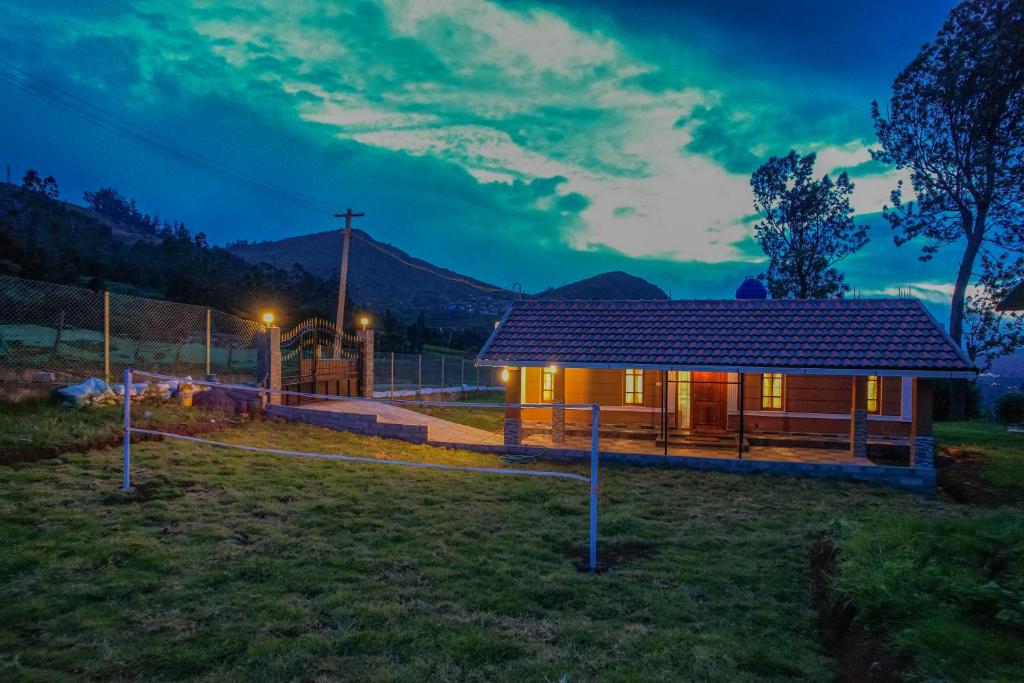



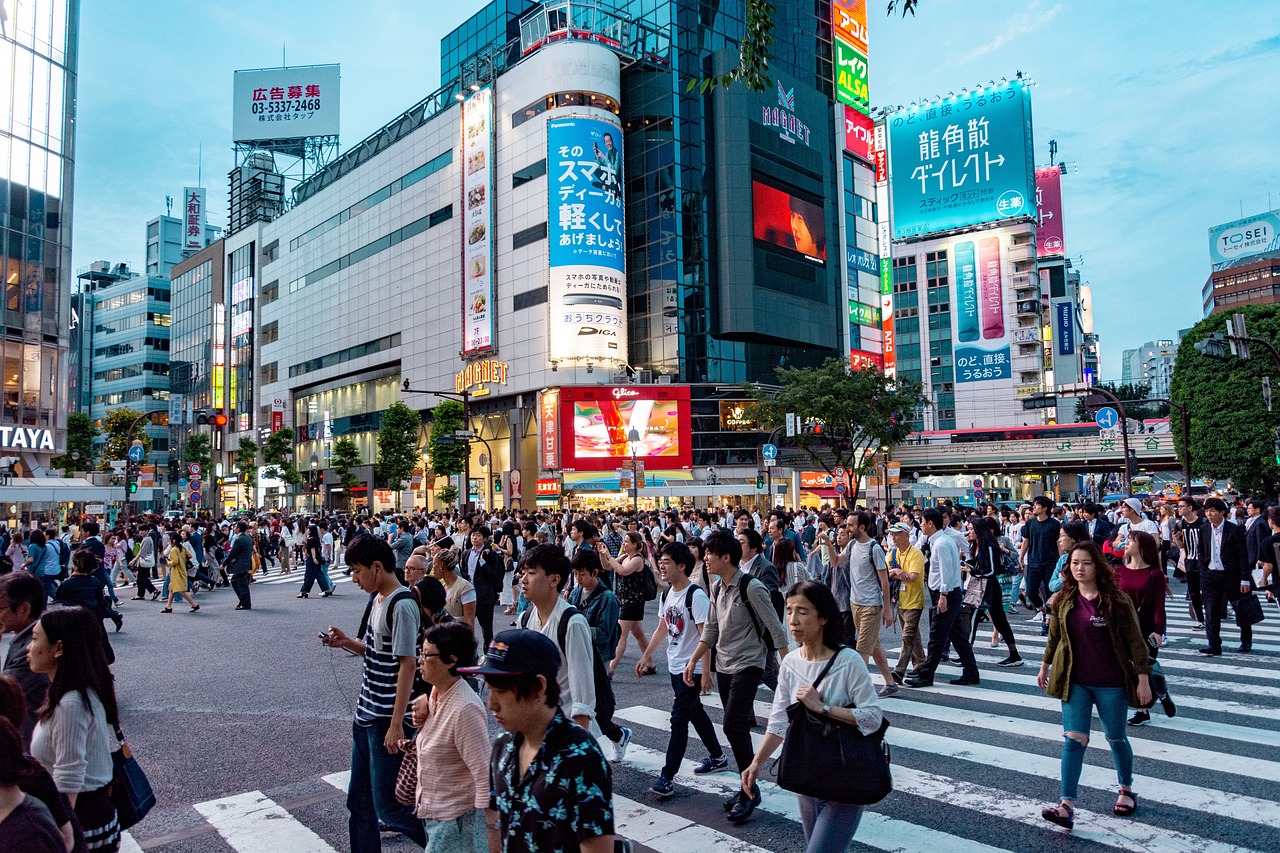
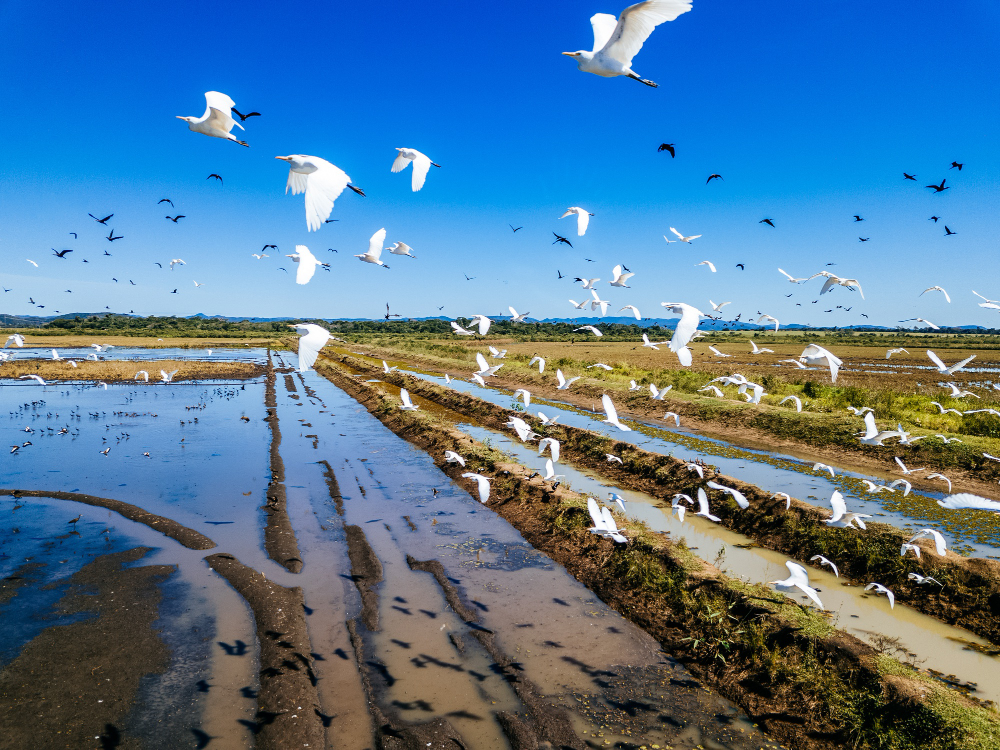











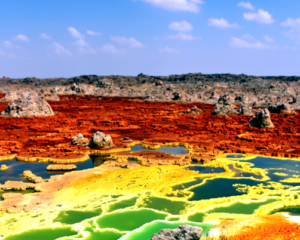












Your latest blog post was truly inspiring and had some great insights. I can’t wait to see what else you have in store.